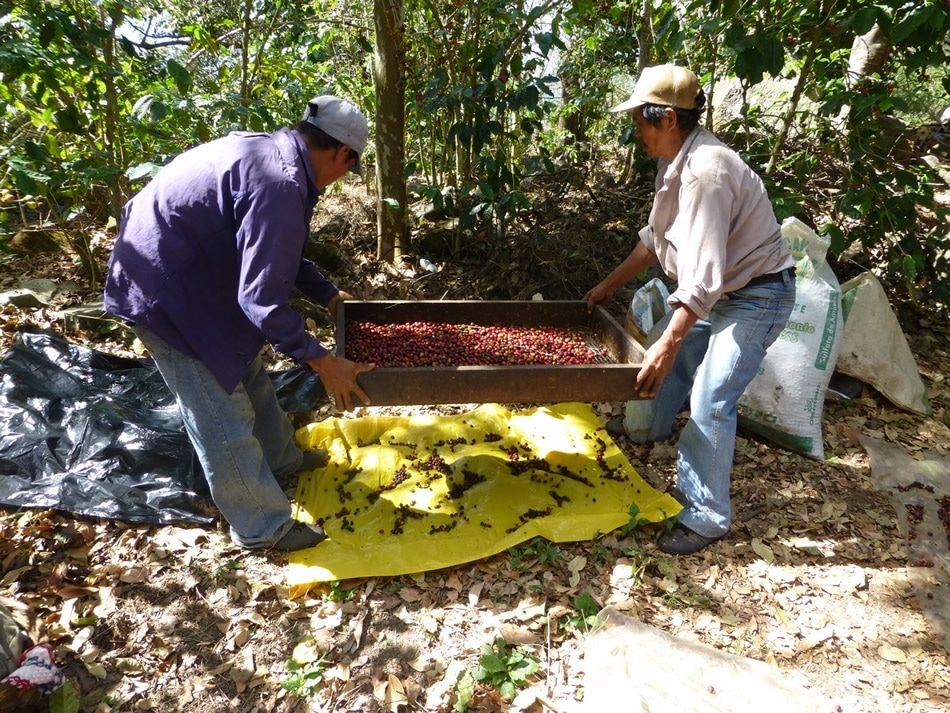
Coffee Cooperatives Explained
Coffee takes many routes from farm to cup. In the complex international coffee trade, beans are bought and sold as commodities and specialty products, through direct sales or via several layers of middlemen. Coffee cooperatives are one of the most influential parts of the global coffee trade and one way that growers try to have their voices heard within the process.
Coffee cooperatives, at their most basic, are coffee producer organizations that centralize bean processing and price negotiating for smaller independent growers. Beyond just handling steps like the dry and wet milling of the beans, coops allow smaller producers to have access to far better processing infrastructure than they could likely afford on their own. Cooperatives typically charge producers a flat fee to utilize their infrastructure (things like milling and bagging equipment), in addition to keeping a portion of the of the eventual sale cost.
Well-run cooperatives help grower’s beans shine by giving them access to higher quality processing while also advocating on their behalf. Even though individual growers can, and often do, find international buyers, it’s a difficult and expensive process to navigate. For smaller producers, it can often make far more sense to outsource the processing, marketing and exporting to a cooperative that has access to more resources and might be in a stronger position to negotiate a higher price for the beans. Cooperatives can also help growers gain access to more than just processing equipment. Many help their members secure lines of credit, seeds for planting, and provide training and resources to their workers.
Of course, cooperatives aren’t all good, and even those that are ethically run can have some drawbacks. A common issue with the cooperative model is that, by nature of the scale on which they operate, there can be uniformity among a cooperative’s beans that doesn’t allow consumers to experience the unique properties of beans from each grower. Instead, beans lose nuance and some of the hard work that’s done to differentiate beans during growing can be wasted. With cooperatives essentially operating as middlemen, it can also sometimes be difficult to tell how much of the product price is seen by its original producers. In a time where people are becoming more aware of how their purchases support different business models, coops may have to promote further transparency in order to compete with systems like fair and direct trade.
Coops can come in all different sizes and structure. There are some that are massive, with thousands of members, and others that are far smaller and more local. Some of these smaller versions are considered micro-coops, and often have far fewer members and a more distinct take on their product. With these micro-coops, there is a focus on flavor profile and origin sourcing that simply isn’t possible with the larger organizations. Many even have microlot programs, highlighting the products of individual growers and fields, giving people a unique opportunity to have a truly distinct tasting experience.
While the coop system can sometimes fall short in terms of tasting experience and profit sharing, the fact remains that cooperatives serve a vitally important function of the larger global coffee trade. They one of the biggest existing links connecting farmers with buyers. Ultimately its a route through which much of the specialty coffee consumed in the United States passes, and for that reason, is worth understanding so we can continue to promote the best versions of it.
